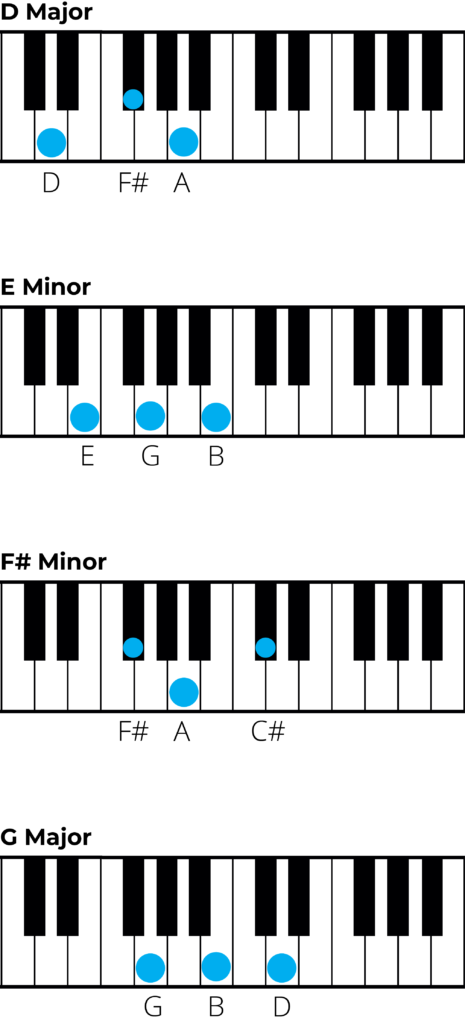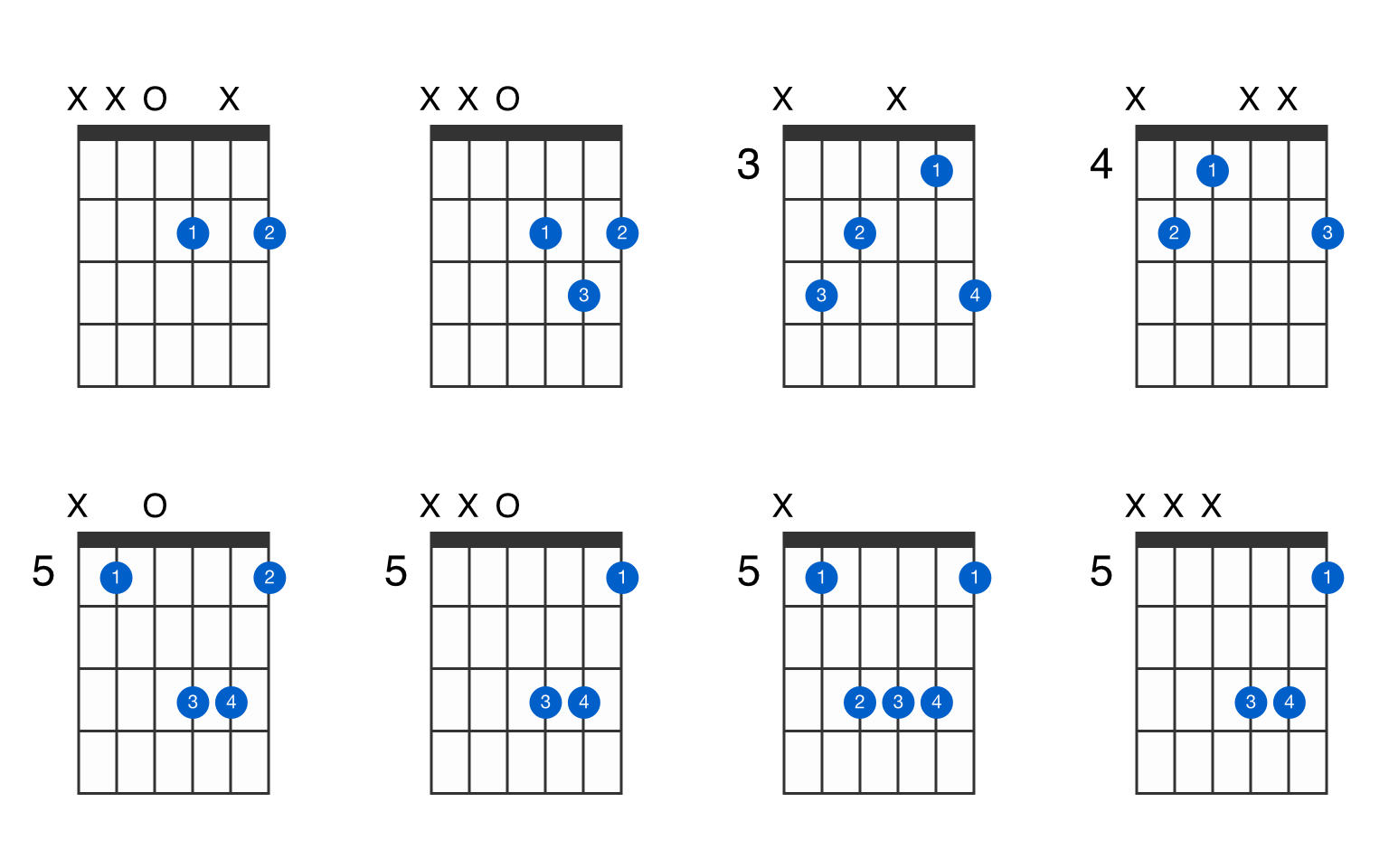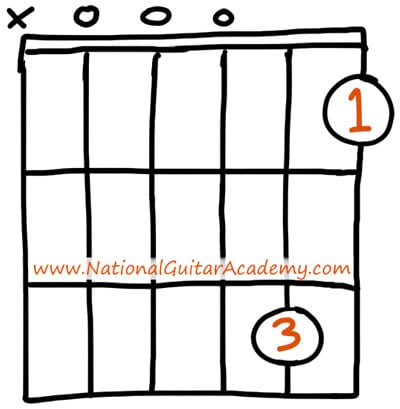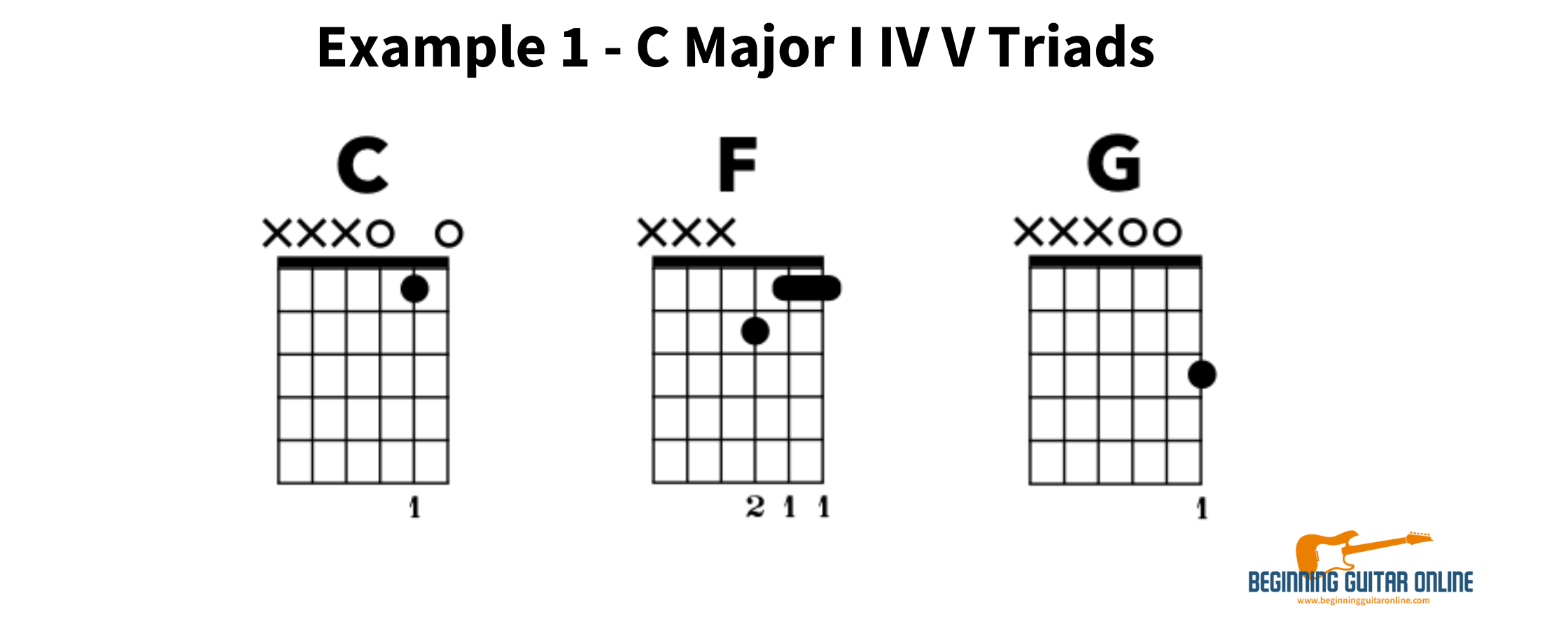Master D Major Chords: Essential Tips & Tricks

<!DOCTYPE html>
Mastering D Major chords is a crucial step for any guitarist or pianist looking to enhance their musical skills. Whether you’re a beginner or an intermediate player, understanding the structure and application of D Major chords can open up a world of possibilities in your playing. From basic chord formations to advanced techniques, this guide will walk you through everything you need to know to master D Major chords, (guitar chords, piano chords, music theory)
Understanding D Major Chords: The Basics

D Major is a bright and cheerful key, often used in various genres like pop, rock, and folk. The D Major chord is built on the root note D, accompanied by the major third (F#) and the perfect fifth (A). This simple yet powerful chord is the foundation for many songs and progressions.
- D Major Chord on Guitar: Place your index finger on the 2nd fret of the G string, your middle finger on the 2nd fret of the high E string, and your ring finger on the 3rd fret of the B string. Strum all the strings except the low E string.
- D Major Chord on Piano: Press the keys D, F#, and A simultaneously.
📌 Note: Practice transitioning between D Major and other common chords like G Major and A Major to improve fluency.
Advanced Techniques to Enhance Your D Major Chords

Once you’ve mastered the basic D Major chord, it’s time to explore advanced techniques to add depth and complexity to your playing. These techniques are especially useful for commercial-intent visitors looking to elevate their music production or performance.
- Inversions: Play D/F# (D Major with F# as the bass note) or D/A (D Major with A as the bass note) to create smoother voice leading in chord progressions.
- Extensions: Add the major seventh (C#) to form Dmaj7, a richer and more sophisticated chord.
- Arpeggios: Break down the chord into individual notes (D, F#, A) and practice playing them in sequence to improve finger dexterity.
Practical Applications of D Major Chords

Understanding how to apply D Major chords in real-world scenarios is essential for both informational-intent and commercial-intent audiences. Here are some practical tips:
| Scenario | Application |
|---|---|
| Songwriting | Use D Major as the tonic chord in a I-IV-V progression (D-G-A) for a classic, uplifting feel. |
| Live Performances | Incorporate D Major inversions to create smooth transitions between chords, enhancing the overall flow of your performance. |
| Music Production | Layer Dmaj7 chords with pads or strings to add richness and depth to your tracks. |

Checklist for Mastering D Major Chords

- Practice the basic D Major chord daily for at least 10 minutes.
- Learn and apply inversions (D/F# and D/A) in your playing.
- Experiment with extensions like Dmaj7 to add complexity.
- Incorporate arpeggios into your practice routine for improved finger dexterity.
- Apply D Major chords in songwriting, performances, and music production.
By following these essential tips and tricks, you’ll be well on your way to mastering D Major chords. Whether you’re aiming to improve your musical theory knowledge or enhance your professional skills, D Major chords are a versatile tool that can elevate your playing. Keep practicing, and soon you’ll find yourself effortlessly incorporating these chords into your music, (chord progressions, music theory, guitar lessons)
What is the easiest way to remember D Major chord shapes?
+Focus on the root note (D) and the major third (F#). Practice the chord shape daily and associate it with familiar songs in D Major.
How can I use D Major chords in different genres?
+D Major works well in pop, rock, and folk. Experiment with strumming patterns for rock or fingerpicking for folk to adapt the chord to different styles.
What’s the difference between D Major and D minor chords?
+D Major uses F# as the major third, while D minor uses F as the minor third. This small change creates a brighter sound in D Major and a more somber tone in D minor.

